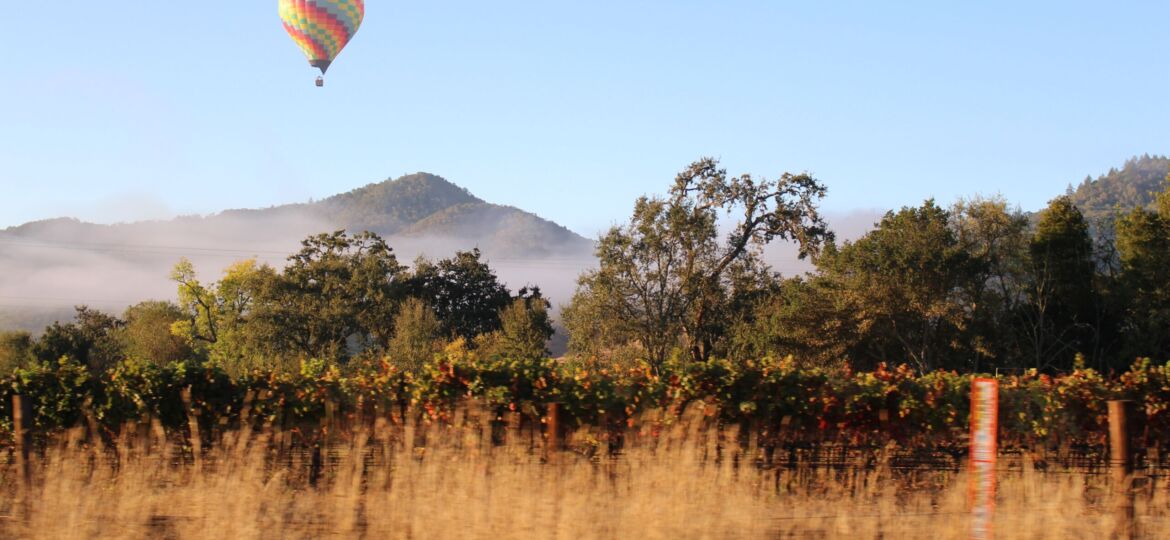
Settlers in Napa Valley began growing grapes in the 1830s. While Cabernet Sauvignon is the most well-known, there are over 40 grape varietals grown within the Valley, including Merlot. There are also 16 sub-appellations within the area.
There are many elements that contribute to Napa Valley’s success as a grape growing region. The soil, climate, sunlight, and other factors all contribute to the terroir of the valley. While we can save the terroir debate for a later post, I do want to highlight the soil composition.
As wine regions go, California is a pretty geologically active place. Napa Valley in particular is a microcosm of this activity. There is a range of soil types that are conducive to better yielding vines. Two of them are featured in the AVA descriptions below.
Calistoga AVA
Located at the very northern end of Napa Valley is the sub-appellation of Calistoga, which is 7 square miles and planted with over 600 acres of vineyards. This area is a bit distinct from some others in the valley. For starters, the soil in Calistoga is the most uniform, consisting of volcanic rock. Volcanic rock helps the grape vines to yield better fruit and fewer leaves due to the nutrients and minerals in the soil.
Unlike other Napa sub-AVAs, Calistoga has few microclimates, which creates some consistency in production. The entire area does see a pretty big swings between day and night temperatures, though. This “diurnal” swing contributes to better sugar concentration in the grapes and imparts balance to Calistoga wines. Because of its valley location, the area receives the most precipitation, reducing the need for irrigation. The area is dominated by red grapes, particularly Cabernet Sauvignon and Zinfandel.
Oakville AVA
The Oakville AVA is downright photogenic. There are many picturesque wineries in this region, and most of them make stunningly expensive and amazing wines. There are around 5,000 acres of vineyards in the area, and over 70 producers call it home. Most of these producers are family owned and smaller production wineries. The heart of the area is the town of Oakville, with its delicious Oakville Grocer, which has been around since 1874. Wine has been a feature of the area since the 1860s.
The soil in Oakville is varies based on location in the AVA. Down the middle of the AVA on the valley floor, the soil is fluvial, which consists of deposits from the Napa River. On the eastern side, the soil is more volcanic, with benefits similar to Calistoga. The western side is more alluvial, which is silt and gravel runoff from the mountains above, and is a fairly fertile soil with a mix of nutrients. Since this soil has been deposited here by runoff, the characteristics can change from vineyard to vineyard, which can help make the difference between a great wine and an outstanding one.





